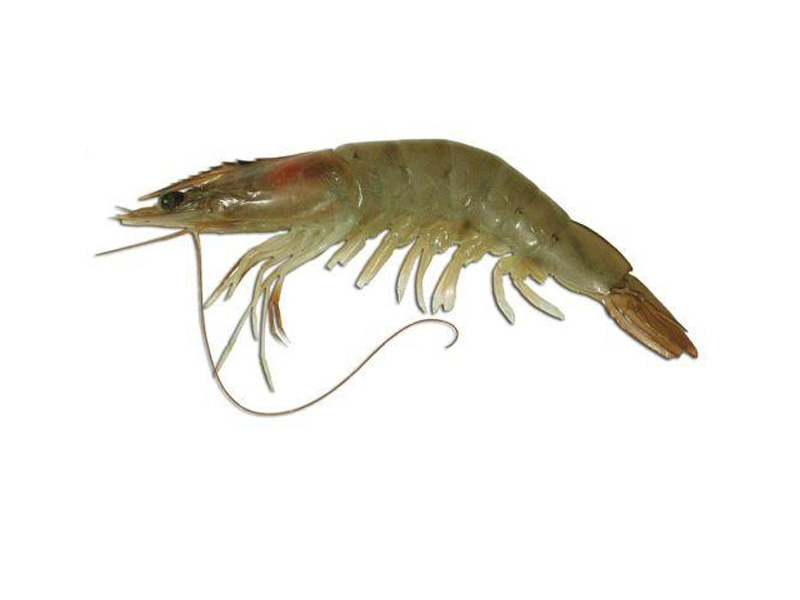With the name of ‘prawns’
They are included in serveral species of the gender Penaeus that are cultivated in differnet places in the world and they have totally different food needs even if they have something in common like the need of eating some micronutrients and the physical features of the crumb.
The basic demand on this kind of fodders is the crumb’s stability in water. Due to these animals’ needs, going from the feeding distrubution to its consumption, there’s some lost time. This is why the crumb needs to stay unalterated, so there’s no nutrients lost because of its dissolution in water.
Dibaq makes different sorts of diets for prawns adapted to differents species needs. They are sold to both the local market and the abroad main production areas.

- Temperature
- 82.4ºF
- Salinity
- 35-37 per mille
- Oxygen
- saturation
- Density
- 100-200 larvae/litre
- Survival
- 30-40%
- Egg diameter
- -
- Length larva
- -
- Temperature
- 78.8-82.4ºF
- Salinity
- 25-30 per mille
- Oxygen
- saturation
- Load
- 0.41 lb/ft2
- Duration
- 6 months
- Final weight
- 0.06 lb
- Survival
- 50%


